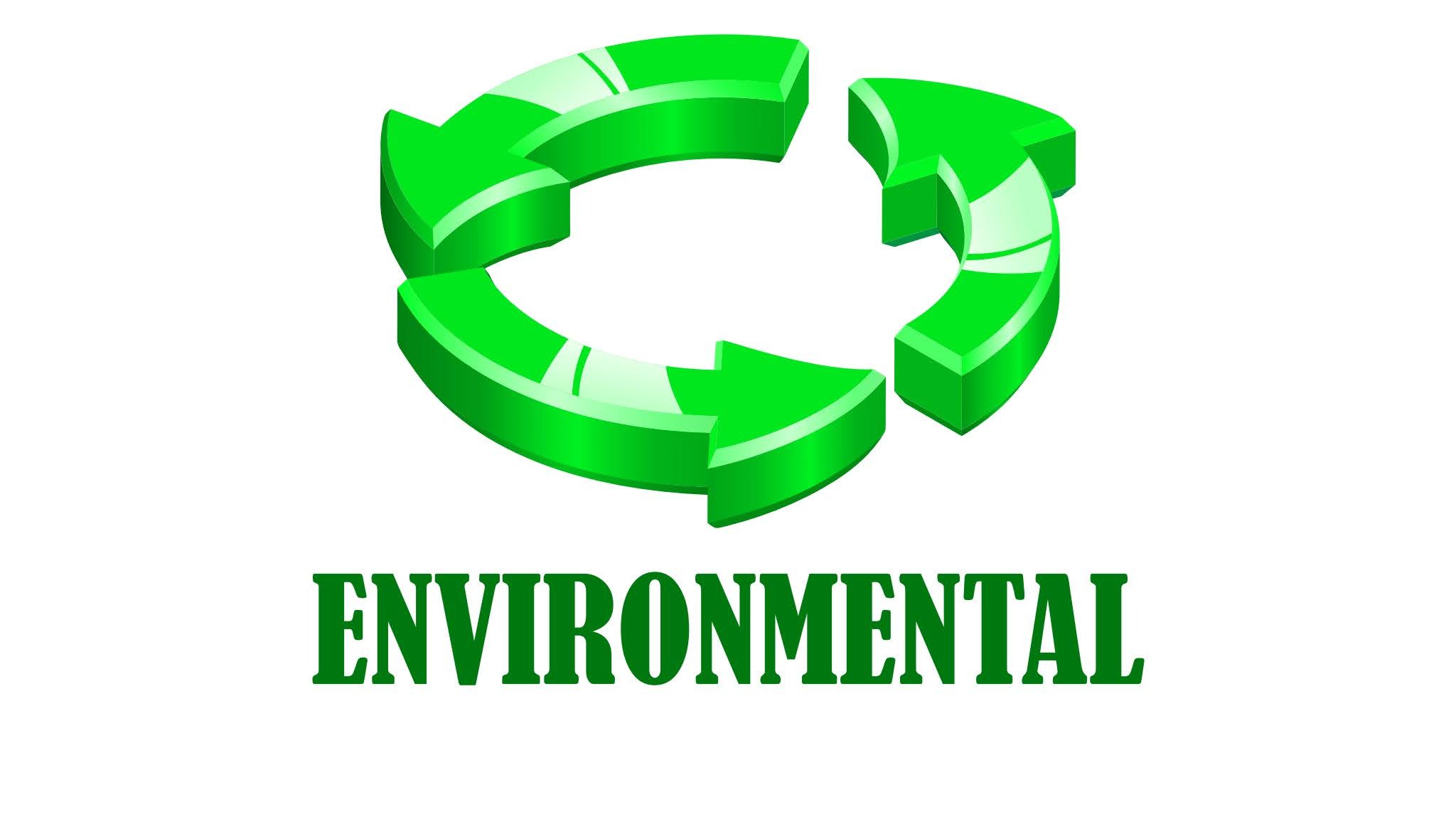Setup Your Button
{"name":"SUBSCRIBE TODAY","action_type":"0","optin_action_type":"2","form_redirect_type":"0","form_redirect_custom_url":"","order_form_settings":{"containers":[{"id":"personal-info-wrapper","visible":true,"label":{"id":"of-personal-title","visible":true},"fields":[{"id":"of-full-name","setting":false,"placeholder":"Full Name"},{"id":"of-field-email","setting":false,"placeholder":"Email Address"},{"id":"of-phone-number","setting":true,"visible":false,"require":true,"placeholder":"Enter Your Mobile Phone","additional":{"sms_permission":0}},{"id":"of-gdpr-optin-approval","label":"I Accept To Receive Additional Info","placeholder":"","icon":"fa-mobile","required":0,"visible":0,"system":1,"additional":{"gdpr_optin_approval":"1"}}]},{"id":"shipping-information-wrapper","visible":false,"label":{"id":"of-shipping-title","visible":true},"fields":[{"id":"of-shipping-address","setting":false,"placeholder":"Address"},{"id":"of-shipping-city","setting":false,"placeholder":"City"},{"id":"of-shipping-state","setting":false,"placeholder":"State"},{"id":"of-shipping-zipcode","setting":false,"placeholder":"Postal Code"}]},{"id":"profit-bump-wrapper","visible":true,"otoBgColor":"rgba(219,229,239,1)","otoBorderColor":"rgba(38,71,102,1)","otoTitleBgColor":"rgba(45,78,108,1)","otoArrowsColor":"rgba(255,177,58,1)","fields":[]},{"id":"order-summary-wrapper","visible":true,"orderDynamicBgColor":"rgba(242,242,242,1)","orderDynamicTexColor":"rgba(51,51,51,1)","fields":[]}]},"optin_type":{"showLabels":0,"fields":[{"name":"first_name","label":"First Name","placeholder":"Enter Your Full Name","icon":"fa-user","required":1,"visible":1,"system":1,"additional":{}},{"name":"last_name","label":"First Name","placeholder":"Enter Your Full Name","icon":"fa-user","required":1,"visible":1,"system":1,"additional":{}},{"name":"email","label":"Email","placeholder":"Enter Your Email","icon":"fa-envelope","required":1,"visible":1,"system":1,"additional":{}},{"name":"mobile_phone","label":"Mobile Phone","placeholder":"Enter Your Mobile Phone","icon":"fa-mobile","required":0,"visible":0,"system":1,"additional":{"sms_permission":0}},{"name":"fields_labels","label":"","placeholder":"","icon":"","required":0,"visible":1,"system":1,"additional":{}},{"name":"captcha","label":"Captcha","placeholder":"","icon":"","required":1,"visible":1,"system":1,"additional":{}},{"name":"gdpr_optin_approval","label":"SSBBY2NlcHQgVG8gUmVjZWl2ZSBBZGRpdGlvbmFsIEluZm8=","placeholder":"","icon":"fa-mobile","required":0,"visible":1,"system":1,"additional":{"gdpr_optin_approval":"1","sms_permission":0}}],"customFields":[],"sortedFields":[{"name":"first_name","label":"First Name","placeholder":"Enter Your Full Name","icon":"fa-user","required":1,"visible":1,"system":1,"additional":{}},{"name":"first_name","label":"First Name","placeholder":"Enter Your Full Name","icon":"fa-user","required":1,"visible":1,"system":1,"additional":{}},{"name":"last_name","label":"First Name","placeholder":"Enter Your Full Name","icon":"fa-user","required":1,"visible":1,"system":1,"additional":{}},{"name":"email","label":"Email","placeholder":"Enter Your Email","icon":"fa-envelope","required":1,"visible":1,"system":1,"additional":{}},{"name":"mobile_phone","label":"Mobile Phone","placeholder":"Enter Your Mobile Phone","icon":"fa-mobile","required":0,"visible":0,"system":1,"additional":{"sms_permission":0}},{"name":"captcha","label":"Captcha","placeholder":"","icon":"","required":1,"visible":1,"system":1,"additional":{}}],"design":{"form_background_color":"rgb(245, 245, 245)","field_stroke":{"size":"1","color":"rgb(220, 220, 220)"},"field_icons":1,"button_color":"rgb(255, 158, 0)","button_stroke":{"size":"0","color":"rgba(255, 255, 255, 0.2)"},"button_box_shadow_color":"rgb(213, 139, 18) 0px 2px 0px 0px","field_size":"small","label_size":"16","label_color":"rgb(3, 3, 3)","input_color":"rgb(52, 152, 219)","control_text_color":"rgb(3, 3, 3)","control_text_size":"15"},"mappedFields":[]},"redirect_type":{"url":"https://williams-environmental.com","target":0},"next_step":{},"click_to_email":{"value":"williamsenvirogroup@gmail.com"},"click_to_call":{"value":""},"jump_to_block":{},"content":{"header_text":"PGZvbnQgZmFjZT0ib3BlbiBzYW5zIj48c3BhbiBzdHlsZT0iZm9udC1zaXplOiAyNHB4OyI+U1RBWSBVUCBUTyBEQVRFIE9OIFRIRSBSRVNUT1JBVElPTiBJTkRVU1RSWTwvc3Bhbj48L2ZvbnQ+","content_text":"PGZvbnQgZmFjZT0ib3BlbiBzYW5zIj48c3BhbiBzdHlsZT0iZm9udC1zaXplOiA0OHB4OyI+PGI+U1VCU0NSSUJFIFRPREFZPC9iPjwvc3Bhbj48L2ZvbnQ+","button_text":"PHNwYW4gc3R5bGU9ImZvbnQtc2l6ZToyN3B4OyBmb250LWZhbWlseTonb3BlbiBzYW5zJzsiPjxzcGFuIHN0eWxlPSJsaW5lLWhlaWdodDoxZW07Ij48c3Ryb25nPlNVQlNDUklCRTwvc3Ryb25nPjwvc3Bhbj48L3NwYW4+","spam_text":"PHNwYW4gc3R5bGU9ImxpbmUtaGVpZ2h0OjEuMmVtOyI+V2UgaGF0ZSBTUEFNIGFuZCBwcm9taXNlIHRvIGtlZXAgeW91ciBlbWFpbCBhZGRyZXNzIHNhZmU8L3NwYW4+","sms_text":"UmVjZWl2ZSBTTVMgVGV4dCBVcGRhdGVzIC0gPHNwYW4+b3B0aW9uYWw8L3NwYW4+","sms_text2":"SSBBY2NlcHQgVG8gUmVjZWl2ZSBBZGRpdGlvbmFsIEluZm8="},"email_confirmation":{"enable":1,"subject":"VGhhbmsgRm9yIFN1YnNjcmliaW5nIFRvIFRoZSBXaWxsaWFtcyBFbnZpcm9ubWVudGFsIEJsb2c=","message":"V2UgYXJlIHJlYWxseSBleGNpdGVkIHlvdSByZWFjaGVkIG91dCB0byBnZXQgbW9yZSBpbmZvcm1hdGlvbi48YnIgLz4KPGJyIC8+CllvdXIgbm93IG9uIHRoZSBsaXN0IHRvIGdldCBtb3JlIGluZm9ybWF0aW9uIGFuZCBzdGF5IHVwIHRvIGRhdGUgd2l0aCB3aGF0IHdlIGFyZSBkb2luZyBpbiB0aGUgaW5kdXN0cnkuPGJyIC8+CjxiciAvPgpJZiB5b3UgaGF2ZSBxdWVzdGlvbnMuIEZlZWwgZnJlZSB0byBjb250YWN0IHVzIG9yIGRyb3AgdXMgYW4gZW1haWwuPGJyIC8+CjxiciAvPgpIYXZlIEEgR3JlYXQgRGF5ISBXZSBsb29rIGZvcndhcmQgdG8gc2VuZGluZyB5b3UgbW9yZSBpbmZvcm1hdGlvbi48YnIgLz4KPGJyIC8+ClNpbmNlcmVseSw8YnIgLz4KV2lsbGlhbXMgRW52aXJvbm1lbnRhbCZuYnNwOyBUZWFtPGJyIC8+CiZuYnNwOw=="},"integrations":[],"automation_enable":0,"thank_you":{"type":"popup","redirect_url":"","popup_options":{"background_color":"#ffffff","headline_visible":1,"icon_visible":1,"icon_url":"//my.funnelpages.com/assets-pb/images/thankyou-popup-icon.png","subheadline_visible":1,"button_visible":1,"button_color":"#ffa800","headline_text":"PHNwYW4gc3R5bGU9ImxpbmUtaGVpZ2h0OjEuNGVtOyI+VGhhbmsgWW91IEZvciBDb250YWN0aW5nIFVzPC9zcGFuPg==","subeadline_text":"PHNwYW4gc3R5bGU9ImxpbmUtaGVpZ2h0OjEuNGVtOyI+UGxlYXNlIENoZWNrIFlvdXIgRW1haWw8YnIgLz5XZSBXaWxsIEJlIEZvbGxvd2luZyBVcCBTaG9ydGx5PC9zcGFuPg==","button_text":"Q2xvc2U="}}}




 Add Row
Add Row
 Add
Add



